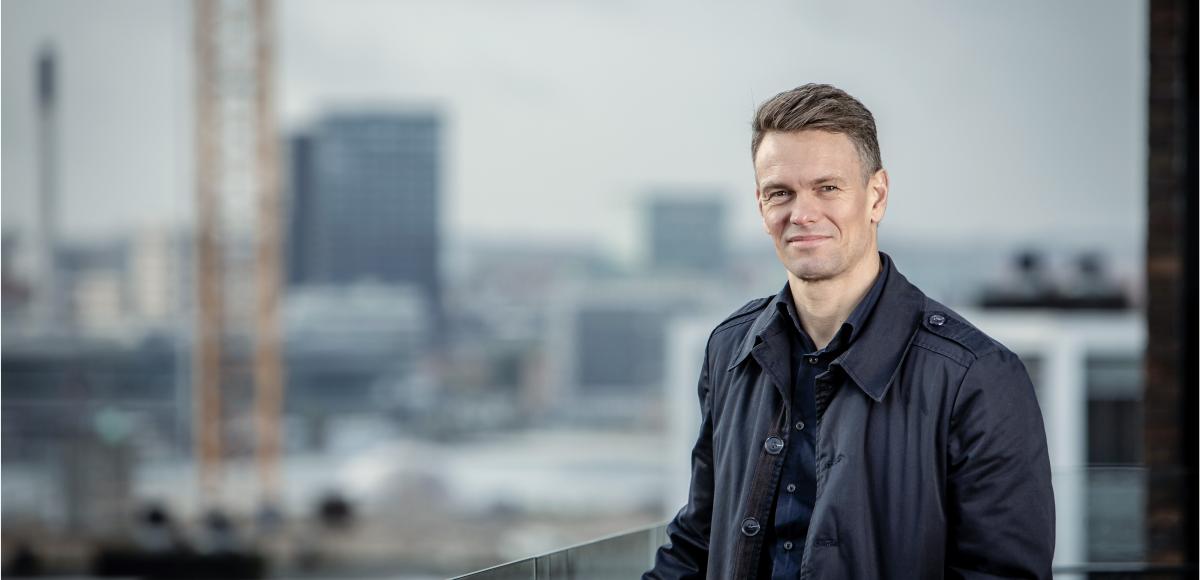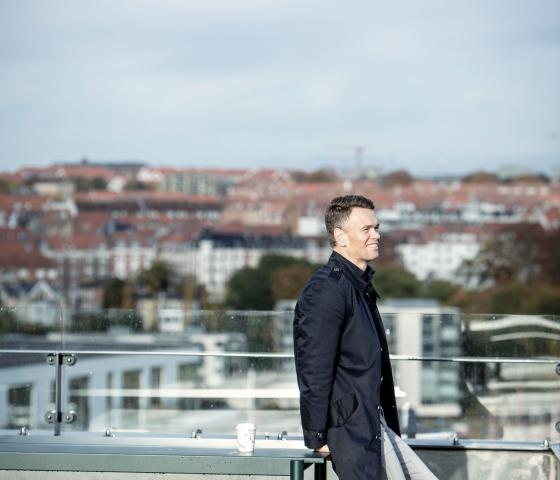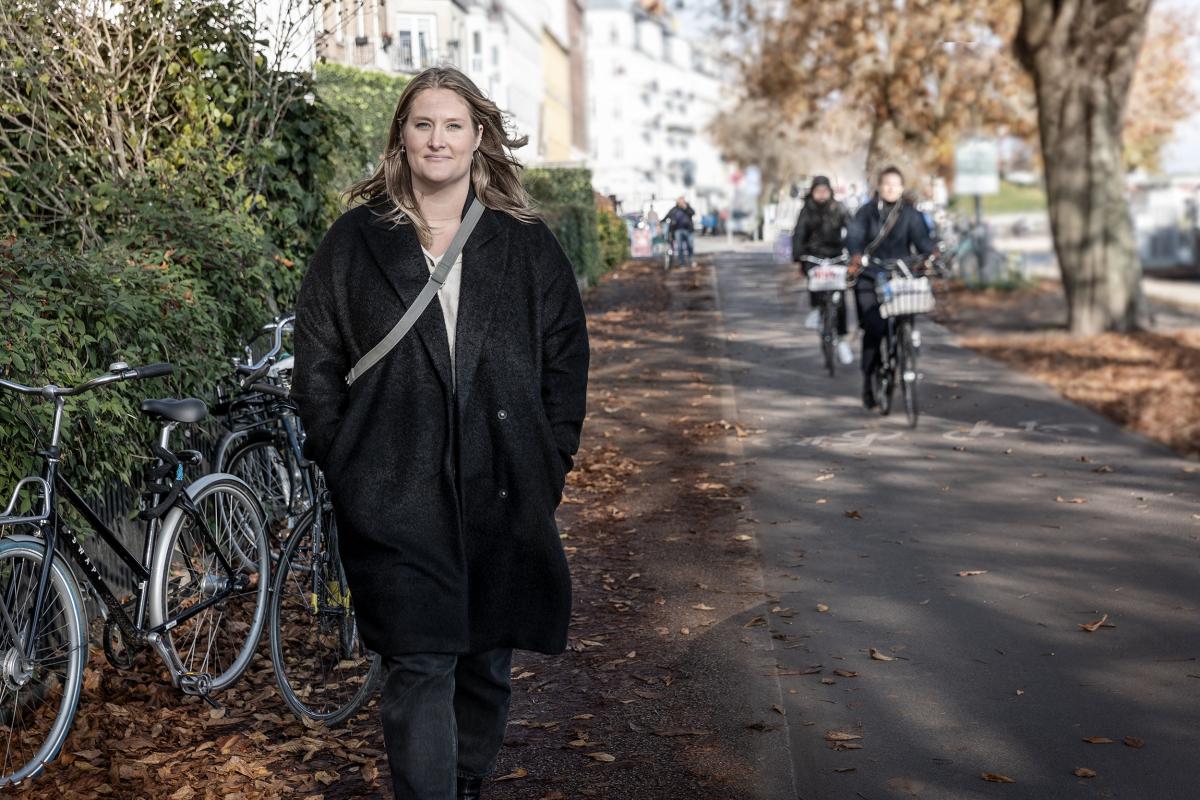
Smart buildings are common sense – with a great potential
Logging, measuring, and adjustments of a building’s energy consumption is beneficial for both its users and for the climate. And according to a survey from YouGov, made on behalf of AFRY, an increasing number of young Danes want to live in smart buildings in the future.
Imagine an office space where the building knows all of you and your colleagues’ preferences for lighting and air conditioning. By logging and analysing data, you can find out specifically how you use the building – if it is smart, that is. Another example is a new washing machine, that you can set to do the laundry within the next 24 hours – the machine will then determine what time of the day the energy will be least expensive. And while your laundry is washed, your electric car is being charged in the garage. These are all examples of elements in smart buildings where data is used to adjust and optimise their energy consumption.
It is common sense
In the survey, 25 % answered that smart buildings are a ‘significant’ or ‘very significant’ part of their considerations when looking for a future house.
“I believe that this number would be much higher if people knew more about how a smart building can ease up your daily life,” says Anders Bergstrøm, project manager for some of AFRY’s largest and most complex construction projects. He elaborates:
“It appeals to the common sense in people to be able to save energy and money. If we can make this even more visible, then the energy resources we have at our disposal could be utilised more efficiently.”

Optimise usage of renewable energy
The term smart buildings is developing constantly – from simple monitoring of user behaviour in a building to logging and analysing data via sensors that optimise the energy consumption and consequently reducing energy cost for the owners, while saving the climate by reducing CO2 emissions – a complete win-win. But as Anders Bergstrøm highlights, this won’t matter if the buildings’ technical solutions are unable to keep up:
“It’s important, that our HVAC (Heat, Ventilation and Air Conditioning) and electricity solutions are up to date, so we can utilise the data we get from monitoring the building. Currently, we’re able to build the control system, and we are getting closer to realising and implementing the different components in buildings. And this is where we have a great responsibility as engineers - to develop sustainable solutions through digitalisation and show the way towards the goal of utilising renewable energy in the best possible way,” he says.
Removing responsibility from the users
Another – just as significant – aspect of smart buildings is its users. If they are left out of the development of smart buildings, we can end up with unsmart solutions instead, says Anders Bergstrøm:
“The technical solutions in buildings might end up removing responsibility from the users, who for instance are no longer required to manually control the ventilation in the office. It’s essential that the solutions we develop are adapted to the users so it matches their habits and allows them to make active choices. I believe that user involvement is crucial for the development of smart buildings,” he says.

The Future Cities survey was conducted in Denmark by YouGov on behalf of AFRY. A total of 752 representatively chosen respondents participated in the survey, which took place in the period between August 23rd and September 2nd, 2021.






